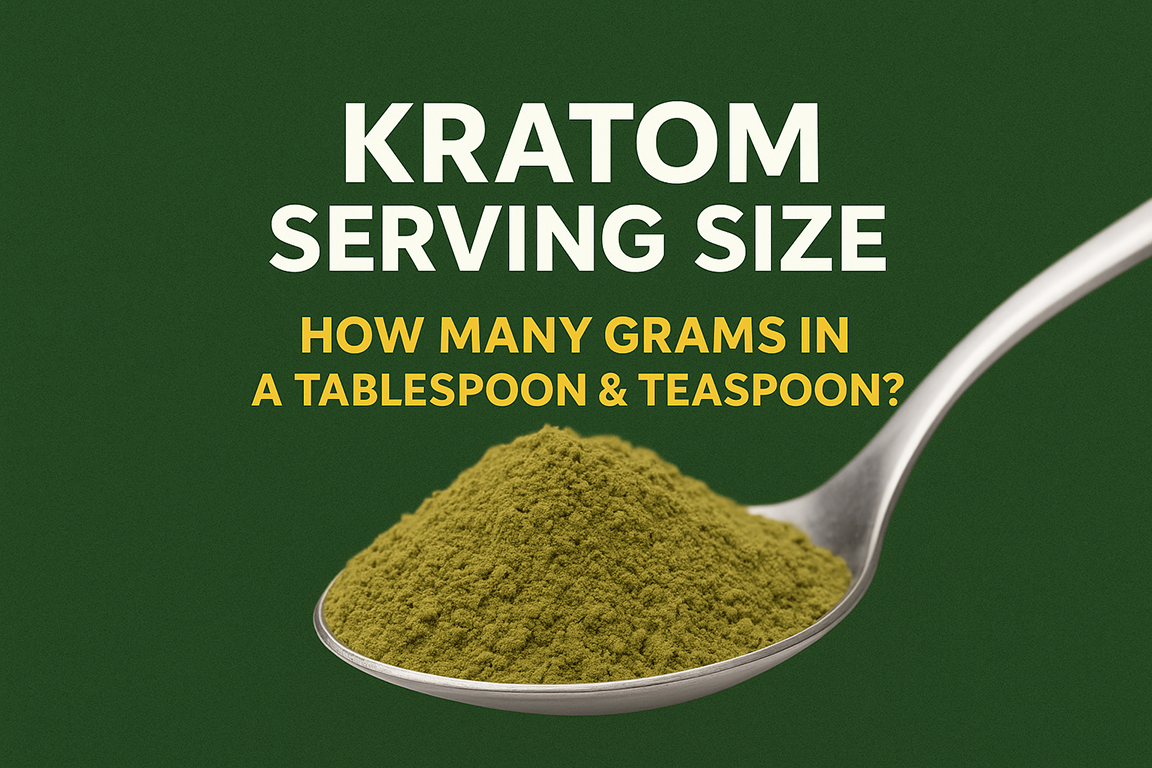News >> Kratom Appears Safe in Early FDA Study That Excluded Popular Drinks
Most Viewed

Kratom Appears Safe in Early FDA Study That Excluded Popular Drinks
Created by: Herman at Sep 25, 2024 753- Herb-based drinks are widely available in bars, gas stations
- Scientists say further research is needed on kratom’s risks
Kratom leaves appear safe even at high doses when taken in capsule form, US regulators found in their first preliminary study of the popular botanical compound that they’ve targeted as a potential public health threat.
The US Food and Drug Administration research is intended to help fill a void surrounding the compound that’s been used for centuries in Southeast Asia, where people chew the leaves to get their mind-altering effects. Important questions remain about its impact in drinks and concentrates — more common in the US — which contain higher levels of kratom and could pose greater danger to consumers.
Kratom has recently taken hold in America, where it’s widely available at bars and convenience stories. More than 1.7 million people report using it annually, and some deaths have been tied to a surge in its use. Still, little information is available about its long-term impact, and the FDA abruptly withdrew plans last month to conduct a separate study after critics assailed its design.
The latest results represent the “tip of the iceberg” of what is needed to know about kratom, said Christopher McCurdy, one of the researchers and an expert on the herb at the University of Florida’s College of Pharmacy. “We’ve got humans that have been using it for decades or more,” he said, “and we have no idea what that really looks like.”
The conclusion that no serious complications were found hasn’t yet been peer-reviewed or published, though that’s planned for the near future, the FDA said. Further studies are needed, according to a spokesperson, and the agency is seeking applications for millions in funding about its abuse potential.
Strong Warnings
The FDA has issued strong warnings against using kratom, citing inadequate evidence of its safety. At least six states have banned the substance because of concerns that its opioid-like properties could lead to abuse and addiction. While almost 100 deaths were linked to kratom in a 2019 report from the Centers for Disease Control and Prevention, the vast majority of cases showed signs of other drugs in their systems, mainly fentanyl.
The FDA’s study looked at kratom leaf material that was dried and ground into powder — a form that resembles how it’s traditionally used by Thai and Malaysian workers, who chew the plant’s leaves.
No severe or life-threatening events were reported, and kratom appeared to be well-tolerated at the higher range of doses used in the study. Vomiting was the most frequent side effect, occurring most often in those who received higher doses.
That’s not surprising to Oliver Grundmann, a kratom researcher at the University of Florida. Using the unaltered kratom leaf rarely results in adverse effects, he said.
Instead, kratom-based beverages, often marketed as alcohol-free alternatives, can contain much higher levels of active compounds than those the FDA studied, and are the products that are most often associated with dangerous side effects, he said.
The FDA’s research has been presented to at least two conferences and was shared with Bloomberg by one of the study authors. The 40 participants were split into five groups and given either a placebo or gradually higher doses of kratom leaf powder in capsule form. They were monitored for side effects for two days after each dose.
The study required that participants had previously used opioids and other mind-altering substances recreationally. That means some may have been prior kratom users with higher tolerance. Other differences, particularly the way the compound was delivered, also could have significant implications for current users.
The findings provide much-needed foundational information about kratom, despite the limitations, said Kirsten Smith, a Johns Hopkins University assistant professor of psychiatry and behavioral sciences, who wasn’t involved in the study. There are a limited number of ways to do such initial research, and more data is needed, all the scientists agreed.
“It gives you a snapshot, at least now, of what ranges appear to be safe and not cause any toxicity in humans,” the University of Florida’s McCurdy said.
source: Bloomberg




